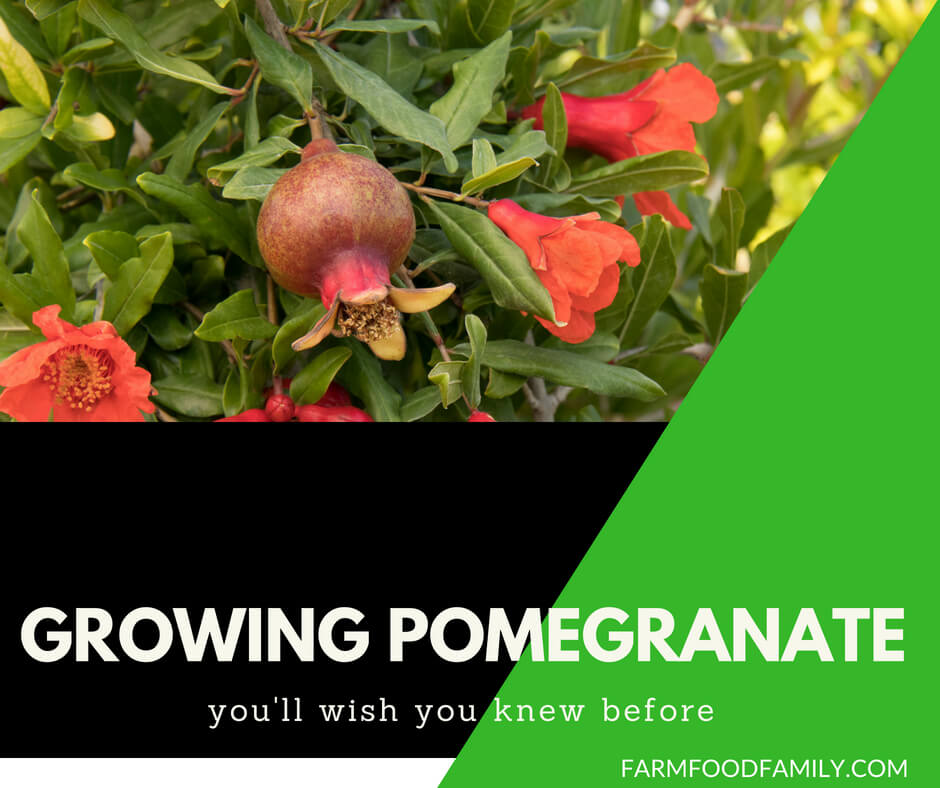The pomegranate is among the oldest cultivated fruits, originating from Persia, Afghanistan and surrounding areas. The fruit is striking to look at hanging on the tree, but even more beautiful when you cut it open to reveal the fleshy jewel-like seeds inside.
In fact, the name “pomegranate” translates to “seeded apple” and the fruit is seen as a symbol of hope and abundance in many cultures. Rumor even has it that the apple that tempted Eve in the garden of Eden was a pomegranate.
The pomegranate is one small tree with a lot to offer: glossy green leaves, attractive autumn foliage color, pretty red-orange flowers and colorful fruit that is both decorative and delicious – and brings that something special to your cooking.
Pomegranates are also members of the exclusive antioxidant-rich superfood group and are wonderfully rich in vitamin C.
Pomegranate plants have popped up in gardens over many years, but it’s only comparatively recently that the fruit has leapt into prominence, with its sweet-tart and juicy seeds — often called arils — leading the charge.
Maybe it’s the influence of the mass of cooking shows on television, but these days we seem to know a lot more about how to use the seeds to enhance a salad or add flavor and interest to a variety of dishes. In fact, the versatile pomegranate can be used to add zing to juices, salads, sweets and mixed drinks and is an essential ingredient in Middle Eastern cooking.
VARIETIES
Keep an eye out for delicious-named varieties that you can grow at home, like ‘Wonderful’ with stunning deep-red fruit and juicy, sweet, fragrant seeds; ‘Gulosha Azerbaijani’ with luscious deep-red seeds that explode in your mouth; ‘Gulosha Rosavaya’ (Russia with Love) with picture-perfect light-pink fruit; or ‘Ben Hur’, an Australian-bred variety with fruit the size of cricket balls.
Pomegranate Facts

Common name: Pomegranate
Botanical name: Punica granatum
Group: Shrub to small tree
Requires: Full sun; well-drained soil
Dislikes: Poor drainage
Suitable for: Orchards, hedges, containers
Habit: Deciduous to semideciduous
Needs: Long, warm growing season
Propagation: Seed, suckers, tip cutting
Difficulty: Easy
GROWING CONDITIONS
Pomegranates are easy to grow and seem to adapt well to Australian conditions. Grow them in a warm, sunny spot and pay some attention to watering in spring to aid fruit setting.
Pomegranates are both frost- and drought-tolerant. Prune lightly in winter to keep plants nice and bushy.
Read also: Types of trees


